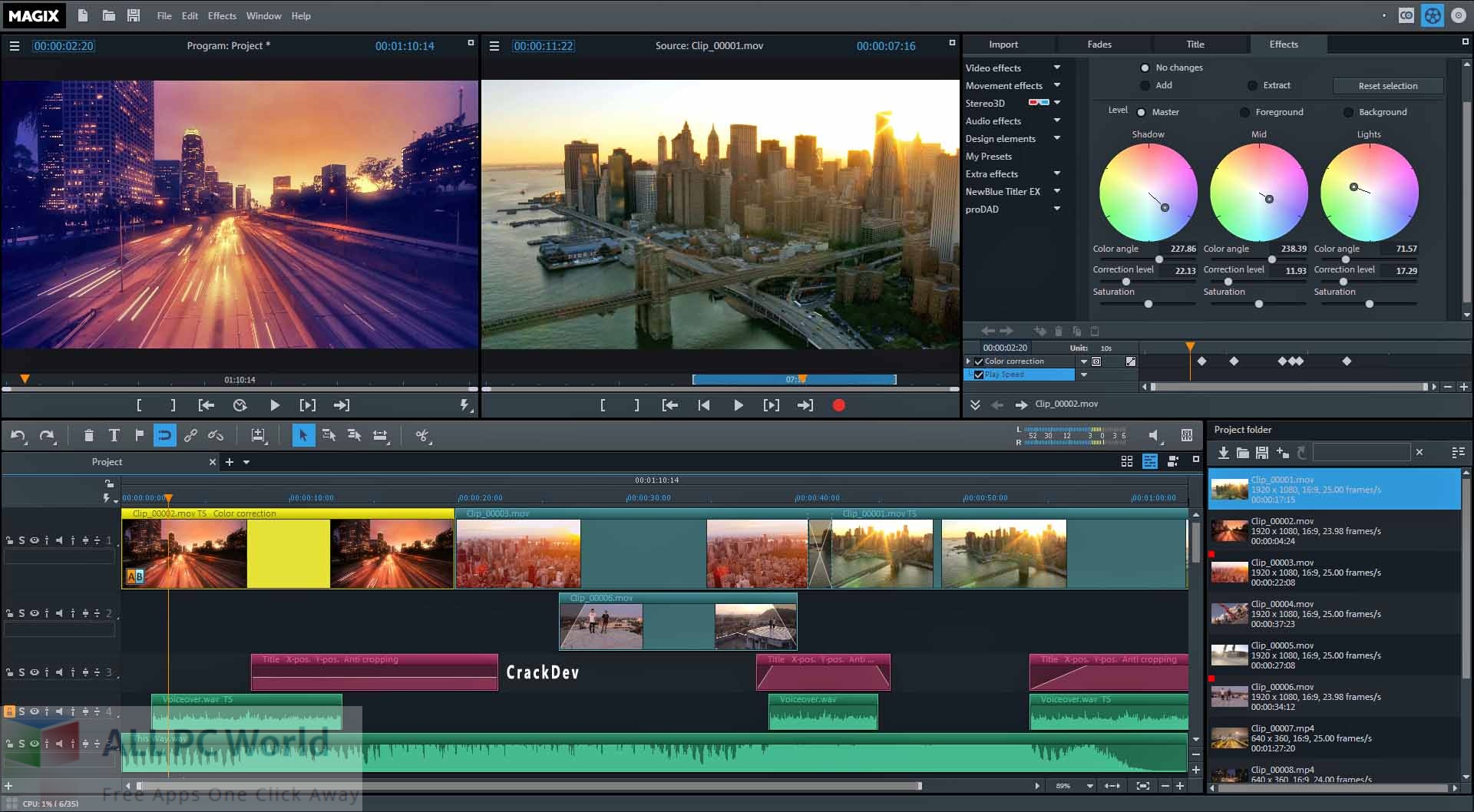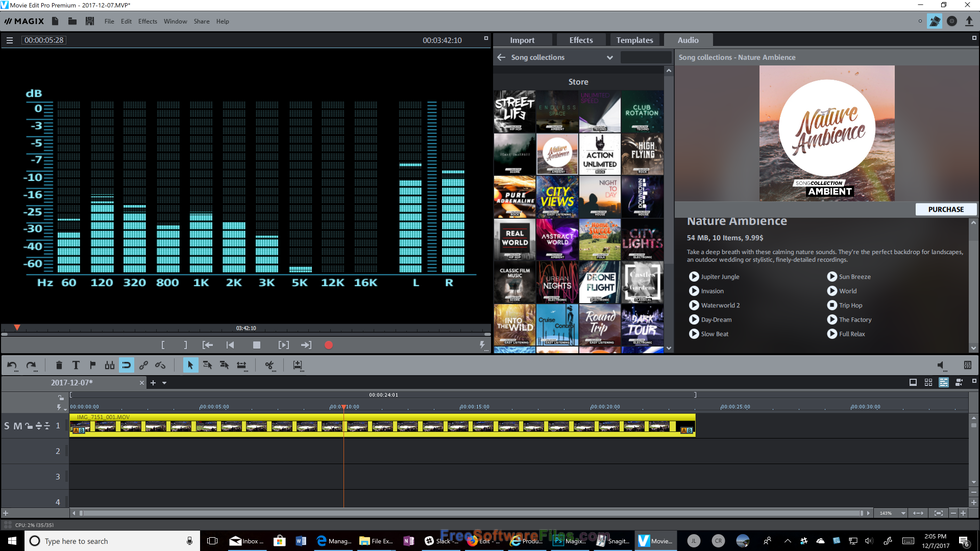

Second, the advanced version will balance the voltage of each battery cell to improve charging efficiency. First, the standard Charging Hub only supports the Mavic’s 50W Battery Charger and Mavic Car Charger, while the advanced version also supports the 100W Battery Charger and Car Charger from the Phantom 4. There are two main differences between the two Charging Hubs. This gives you the fastest way of getting all your batteries fully charged.

In order to fully charge the first battery as quickly as possible, the Intelligent Flight Batteries are charged in sequence according to their power levels, from high to low. The two Charging Hubs can both charge up to 4 batteries at one time. In conclusion, the Mavic's Intelligent Vision Positioning System requires fewer inputs and is therefore more robust in its functionality.ģ.What is the maximum distance and maximum flight speed at which the Mavic can fly while avoiding obstacles? Plants and trees do not reflect sound as well as other surfaces, causing the Optical Flow system’s ultrasonic sensors to be unable to gather altitude data. As the data is not compatible, an Optical Flow system may become confused.Īnother example is when the ground below the drone is covered by vegetation. When flying in over the balcony, drones using Optical Flow will receive data from two data sources that measure its height above the below surface differently – one being its height above the ground, and another the height above the balcony. In contrast, an Optical Flow system, requires information from ultrasonic sensors to supplement its view of patterned surfaces.Īn example to show the difference between the two systems is when the aircraft is returning to you while you are standing on a balcony. Even if the Mavic is unable to identify reference points on the ground, it can still rely on its forward vision sensors to hover. Therefore, it requires no more than a patterned surface and enough available light to be able to hover stably up to 13m above the ground. The Mavic combines dual forward and downward vision sensors to realize precision hovering.

#Online movi pro free#
Class 10 or UHS-1 rating requiredĨ0 m(Distance), 50m(Height) (Unobstructed, free of interference) ≤22.4 mph (36 kph) at 6.6 ft (2 m) above groundġ60-170ms (depending on conditions and mobile device)ġ/2.3” (CMOS), Effective pixels:12.35 M (Total pixels:12.71M)įOV 78.8° 26 mm (35 mm format equivalent) f/2.2 +/- 0.1 m (when Vision Positioning is active) or +/-0.5 m
#Online movi pro full#
Max Total Travel Distance (One Full Battery, No Wind) 40 mph (65 kph) in Sport mode without windĢ7 minutes (no wind at a consistent 15.5 mph (25 kph))Ģ1 minutes ( In normal flight, 15% remaining battery level )


 0 kommentar(er)
0 kommentar(er)
